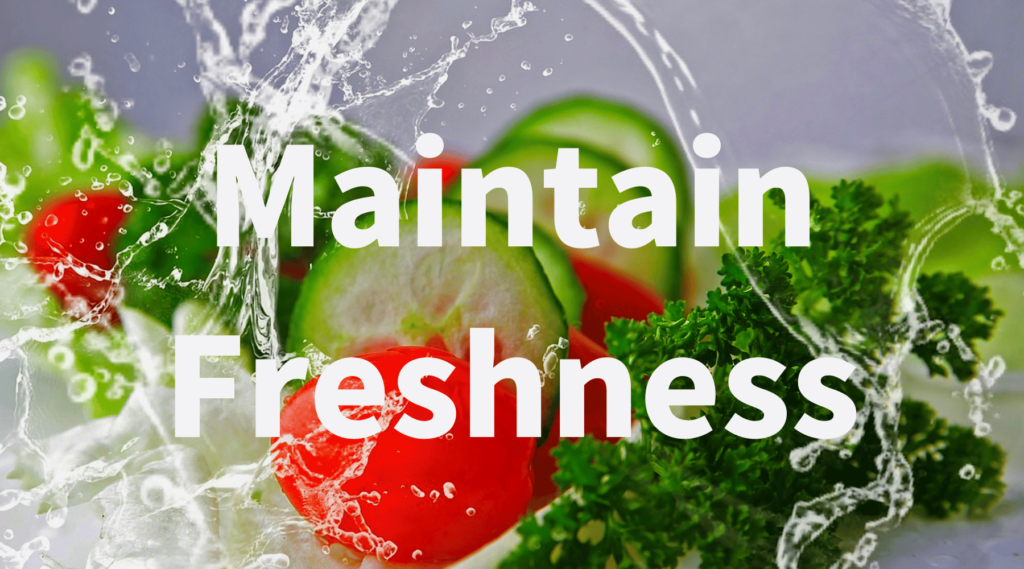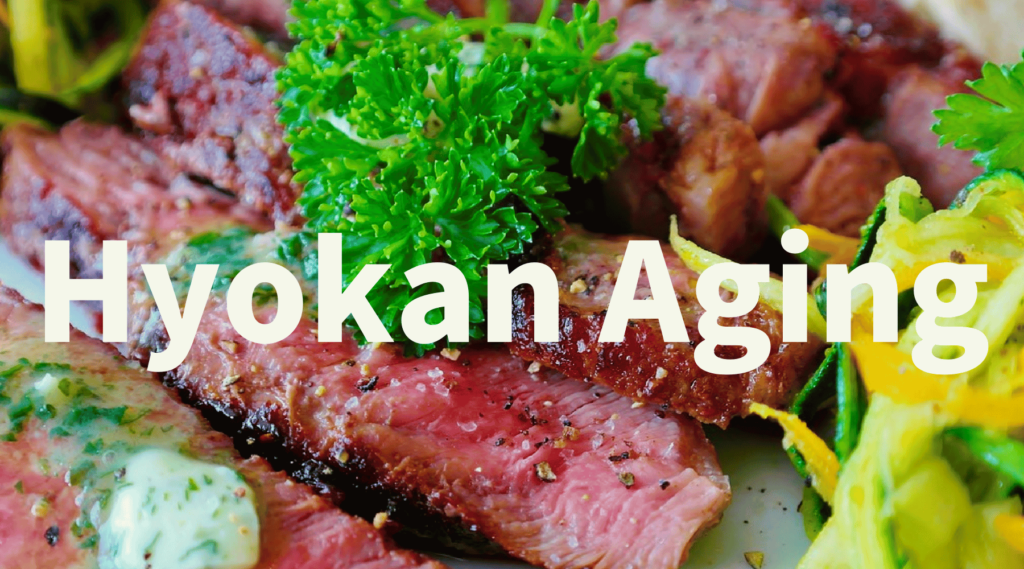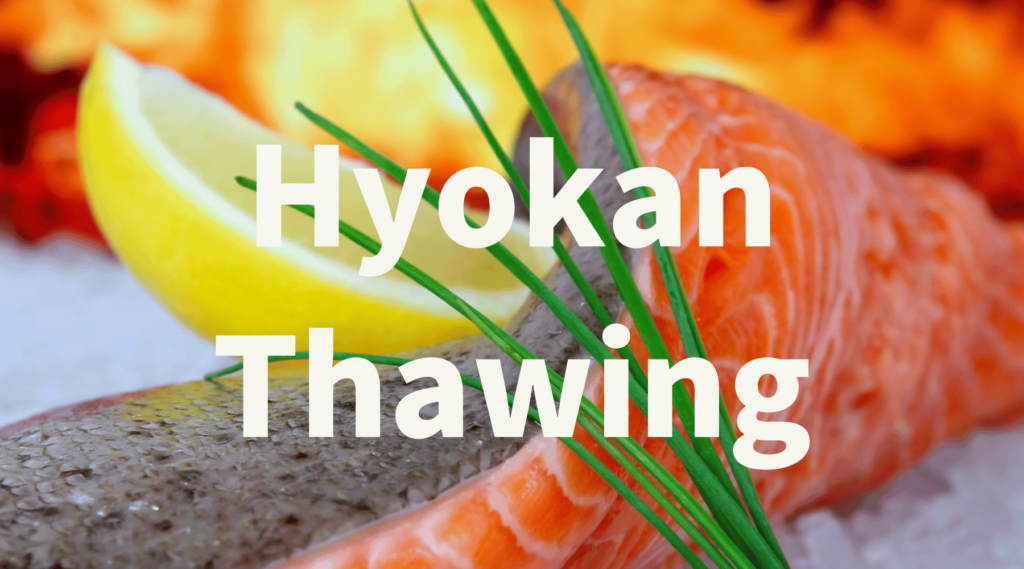What is Hyokan?
At temperatures below 0°C, when water molecules would normally form ice, Hyokan uses high voltage to prevent freezing. In general, the lower temperature agricultural products can be stored at, the better they maintain freshness. However, once frozen, they lose flavor in the thawing process. Hyokan is a technology that sidesteps the risks of storing agricultural products at low temperatures.
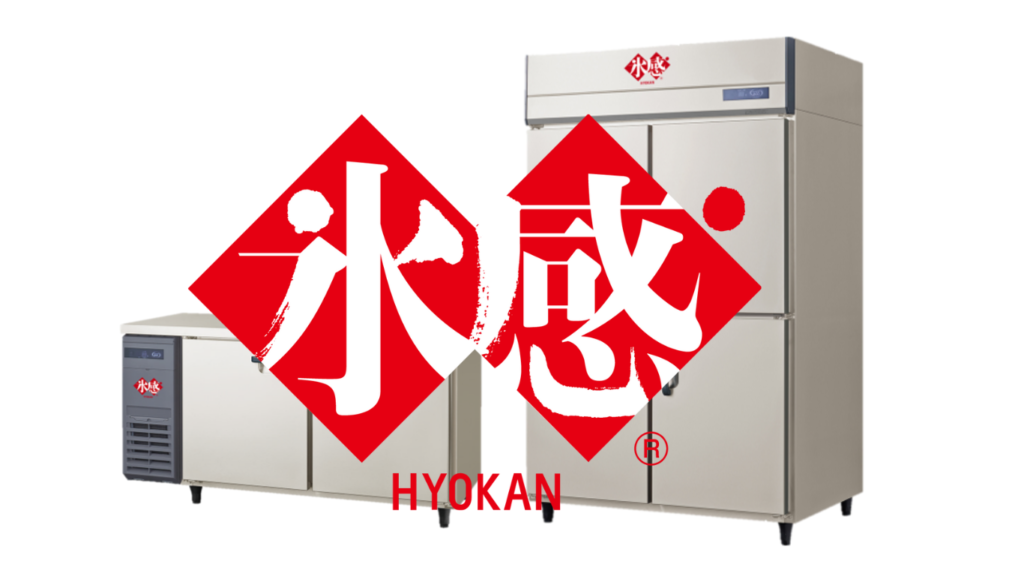

At temperatures below 0°C, when water molecules would normally form ice, the application of high voltage prevents freezing. In general, the lower temperature agricultural can be stored at, the better they maintain freshness. However, once frozen, they lose flavor in the thawing process. Hyokan is a technology that sidesteps the risks of storing agricultural products at low temperatures.
How does it work?
Usually, when temperatures drop below zero, water molecules bond and form ice, but with Hyokan, high voltage can be used to hinder those bonds. Because items can be stored at subzero temperatures in an unfrozen state, their freshness can be maintained for a long time.
Normal water molecules
Frozen water molecules
Water molecules in Hyokan

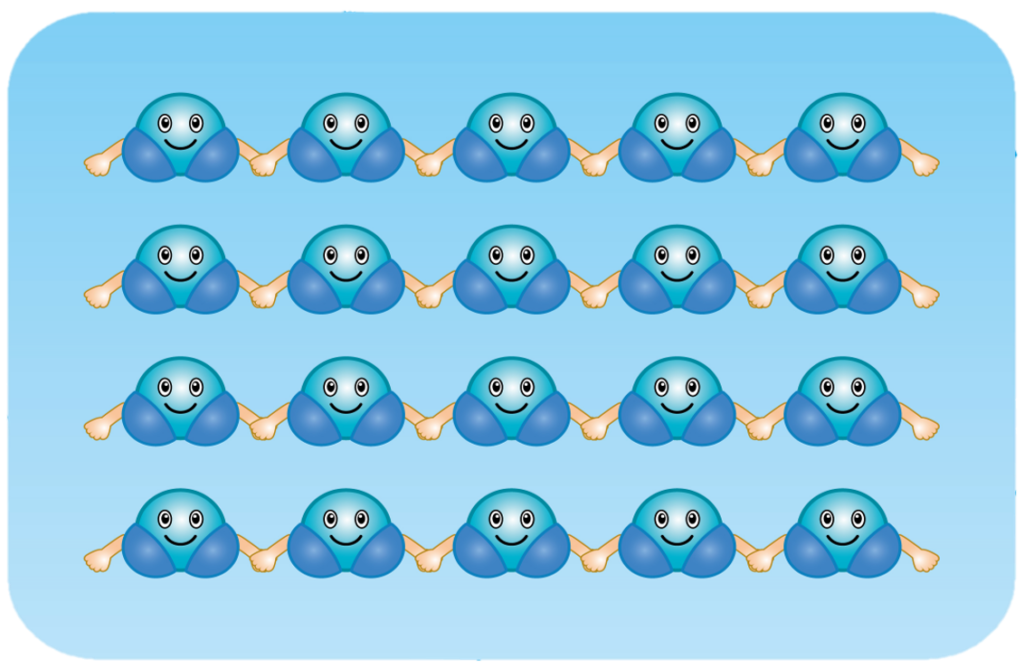
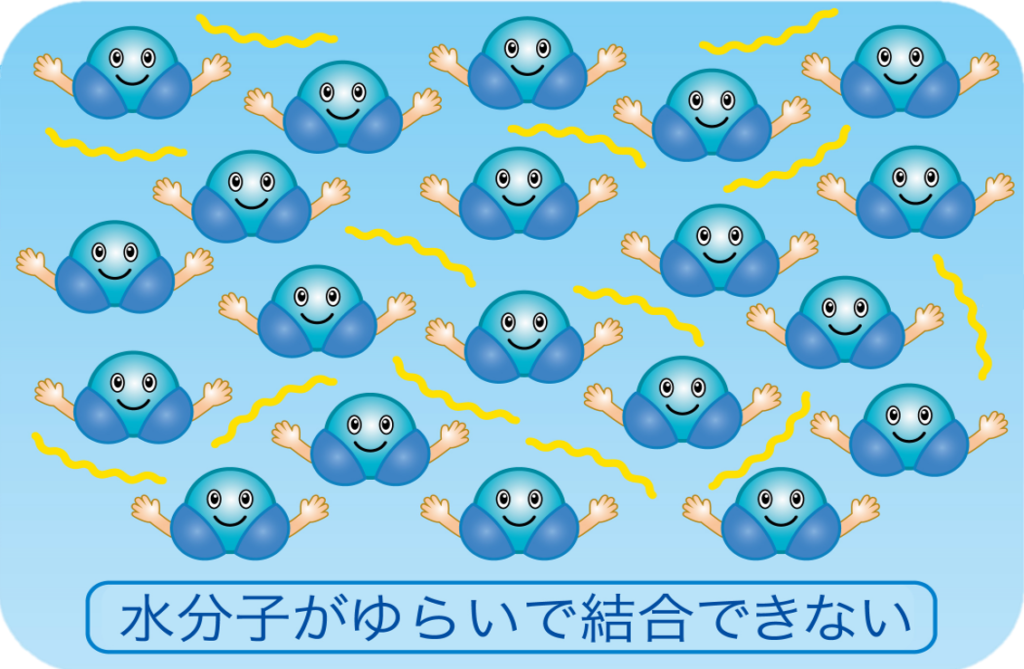
At normal temperatures above 0°C, water molecules maintain regular spacing and do not bond.
In a freezer, when the temperature drops below zero, water molecules form bonds and foods freeze.
With Hyokan, high-voltage micro-vibrations inhibit bonding between the water molecules, so foods do not freeze, even at freezing temperatures.
Normal water molecules

At normal temperatures above 0°C, water molecules maintain regular spacing and do not bond.
Frozen water molecules

In a freezer, when the temperature drops below zero, water molecules form bonds and foods freeze.
Water molecules in Hyokan

With Hyokan, high-voltage micro-vibrations inhibit bonding between the water molecules, so foods do not freeze, even at freezing temperatures.
Hyokan Structure
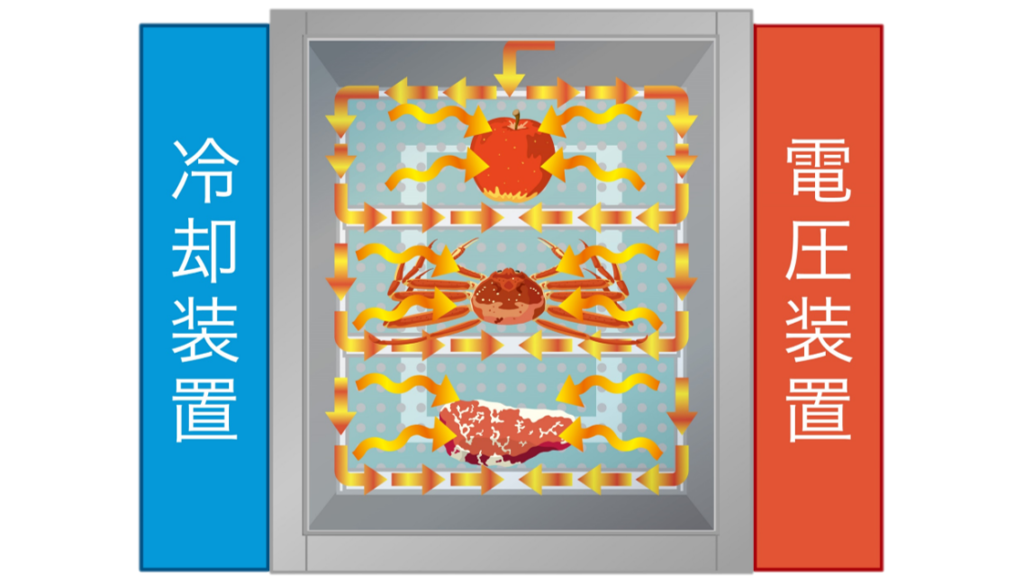
The voltage in Hyokan ranges from 3,500 to 7,000 volts. The shelves are made of aluminum so that the voltage is reliably transmitted to the food.
Because, as the diagram shows, a Hyokan fridge is structured to transmit the voltage to the food, items can be stored in a temperature range around the freezing point.

The voltage in Hyokan ranges from 3,500 to 7,000 volts. The shelves are made of aluminum so that the voltage is reliably transmitted to the food.
Because, as the diagram shows, a Hyokan fridge is structured to transmit the voltage to the food, items can be stored in a temperature range around the freezing point.
Features of Hyokan
Maintain Freshness
Agricultural products begin to lose freshness immediately after they are harvested. Hyokan can slow this loss of freshness. By using Hyokan technology, natural freshness can be maintained for a long time, and products can be distributed in a state close to that of just after harvest.
*The results below are given as examples. Results may vary depending on product, location, or time.
Corn
Mizuna (murasaki mizuna)
After four weeks in a normal refrigerator, mold starts to grow on the leaves and discoloration can be observed on some of the kernels. But even after four weeks in the Hyokan fridge, the outward appearance is unchanged from when it was first put into storage.
Discoloration began after two weeks in a refrigerator, and as you can see in the photo, yellowing is evident after one month. On the other hand, after one month in the Hyokan fridge, you can see the color is unchanged.
Refrigerator
Hyokan
Refrigerator
Hyokan
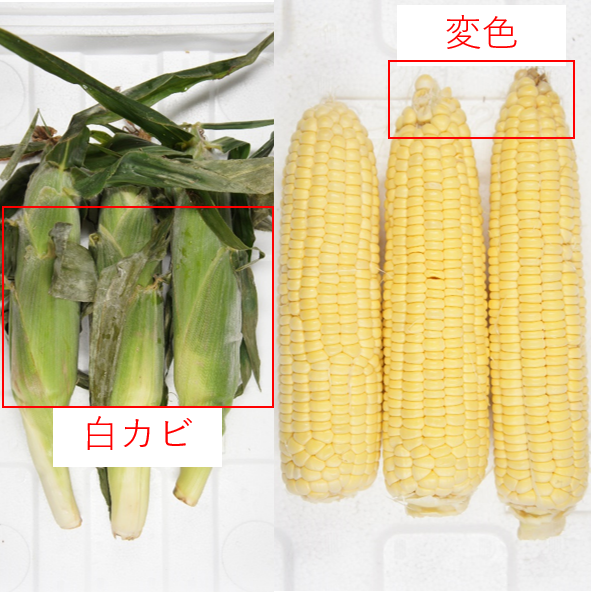
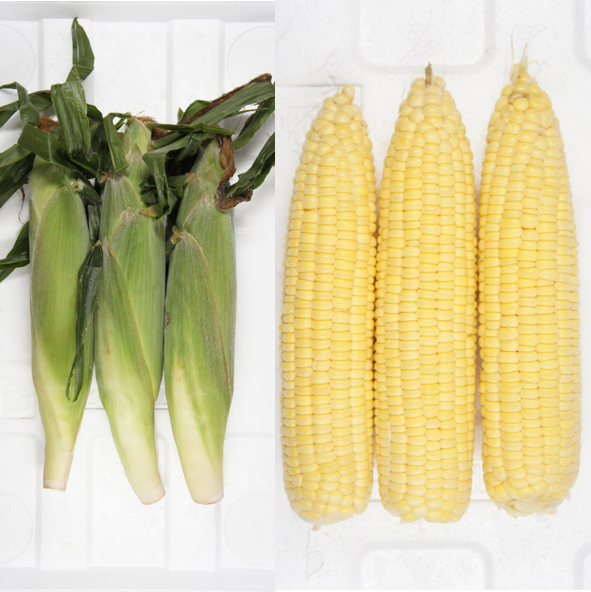
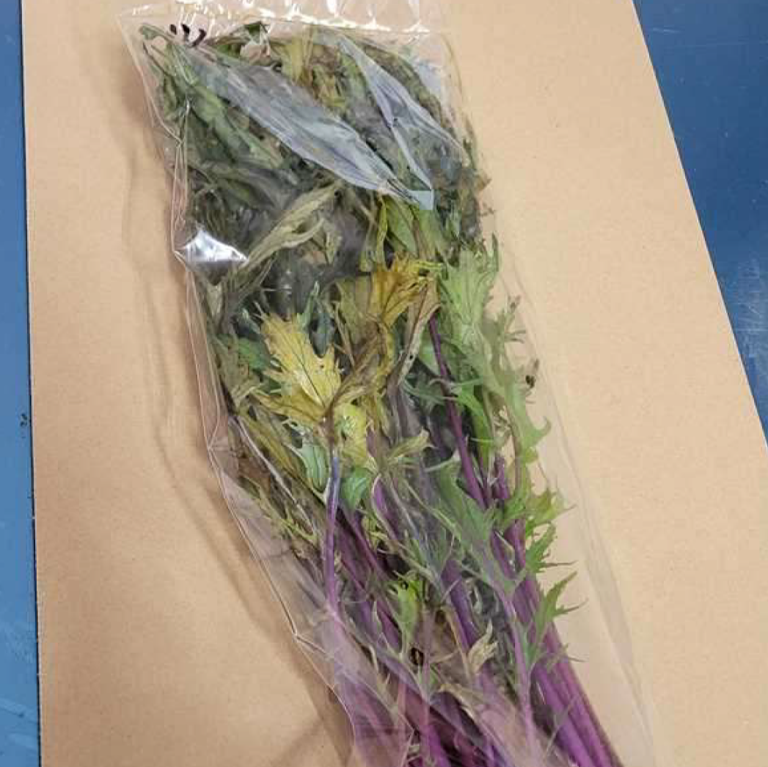
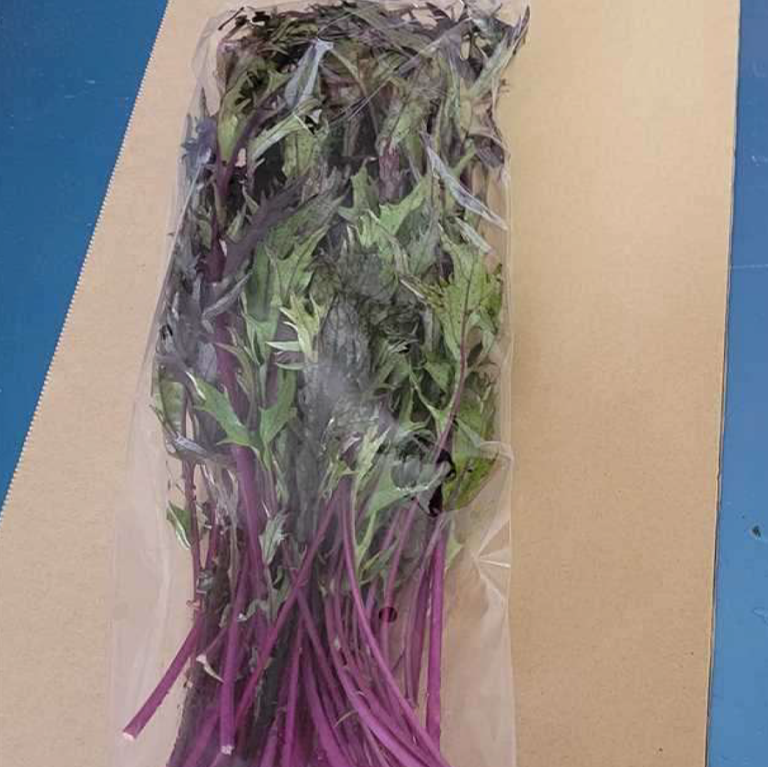
Shine Muscat
Strawberries
After one month in a refrigerator, grapes are falling of the stem and discoloration has begun. Meanwhile, after even three months in Hyokan, the bunch is holding together, and the fruit’s firmness is unchanged from the beginning of storage.
Three months into refrigerator storage, mold has grown, but even after 50 days have passed in Hyokan, the appearance and flavor have been maintained unchanged.
Refrigerator
Hyokan
Refrigerator
Hyokan
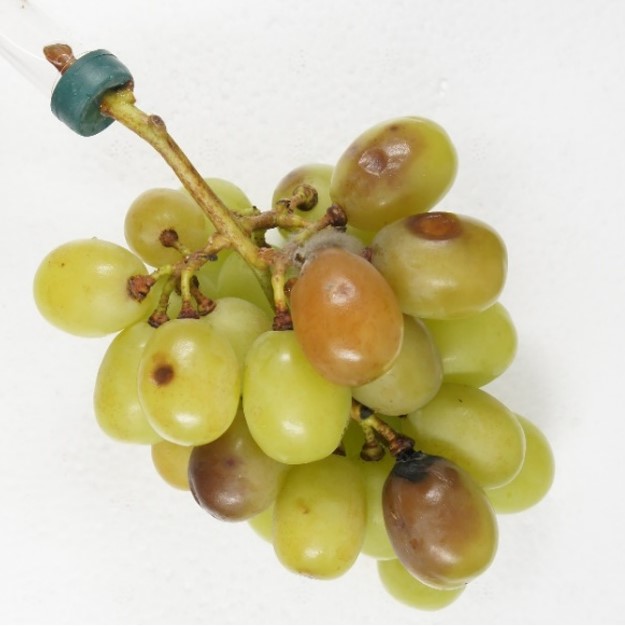
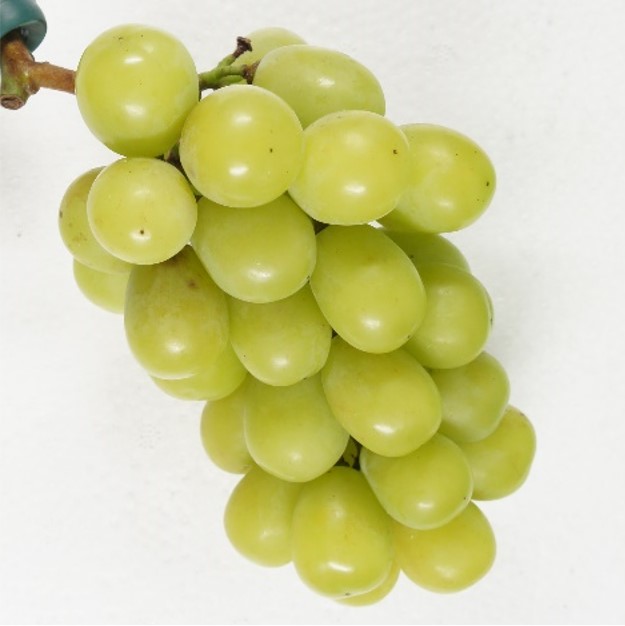
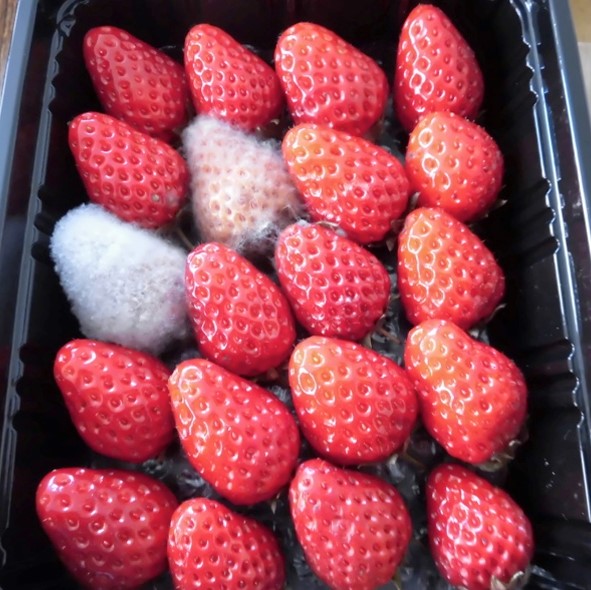
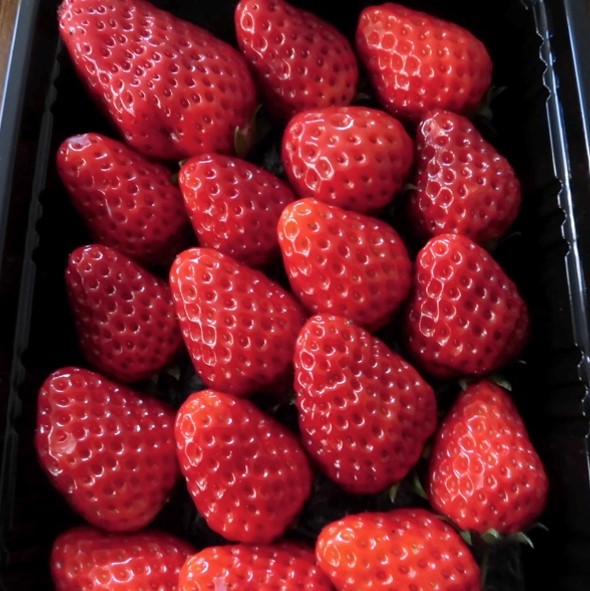
Corn
After four weeks in a normal refrigerator, mold starts to grow on the leaves and discoloration can be observed on some of the kernels. But even after four weeks in the Hyokan fridge, the outward appearance is unchanged from when it was first put into storage.
Refrigerator
Hyokan


Mizuna(Murasaki Mizuna)
Discoloration began after two weeks in a refrigerator, and as you can see in the photo, yellowing is evident after one month. On the other hand, after one month in the Hyokan fridge, you can see the color is unchanged.
Refrigerator
Hyokan


Shine Muscut
After one month in a refrigerator, grapes are falling of the stem and discoloration has begun. Meanwhile, after even three months in Hyokan, the bunch is holding together, and the fruit’s firmness is unchanged from the beginning of storage.
Refrigerator
Hyokan


Strawberries
Three months into refrigerator storage, mold has grown, but even after 50 days have passed in Hyokan, the appearance and flavor have been maintained unchanged.
Refrigerator
Hyokan


Beef (Hida Beef)
An experiment was carried out with vacuum-packed Hida beef stored in a refrigerator and a Hyokan fridge under matching conditions. Storage in Hyokan suppressed the levels of living bacteria.
In an evaluation carried out by nine participants, no off odors were detected even after 80 days in Hyokan, whereas it only took 40 days in a normal refrigerator for such odors to be identified.
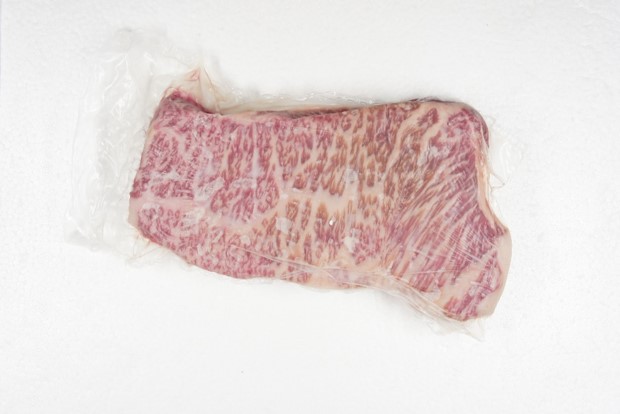
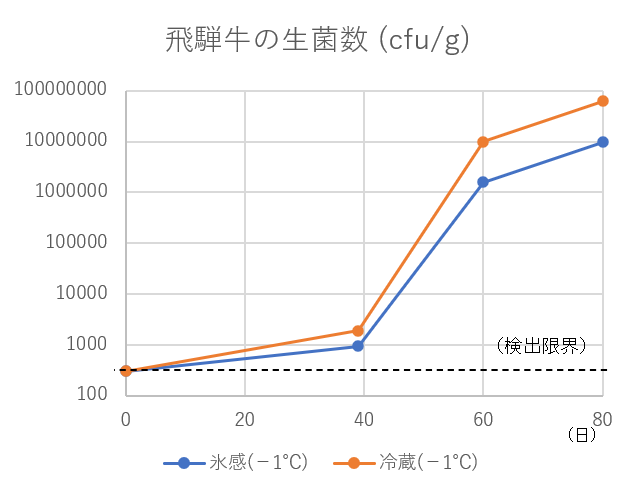
Tuna (akami)
This experiment was about Tuna’s typical quick discoloration, but even after 15 days, there was no change in color.
Additionally, the K-value (which is a measure of freshness for fish) remained well below 20%, meaning it can be eaten raw.
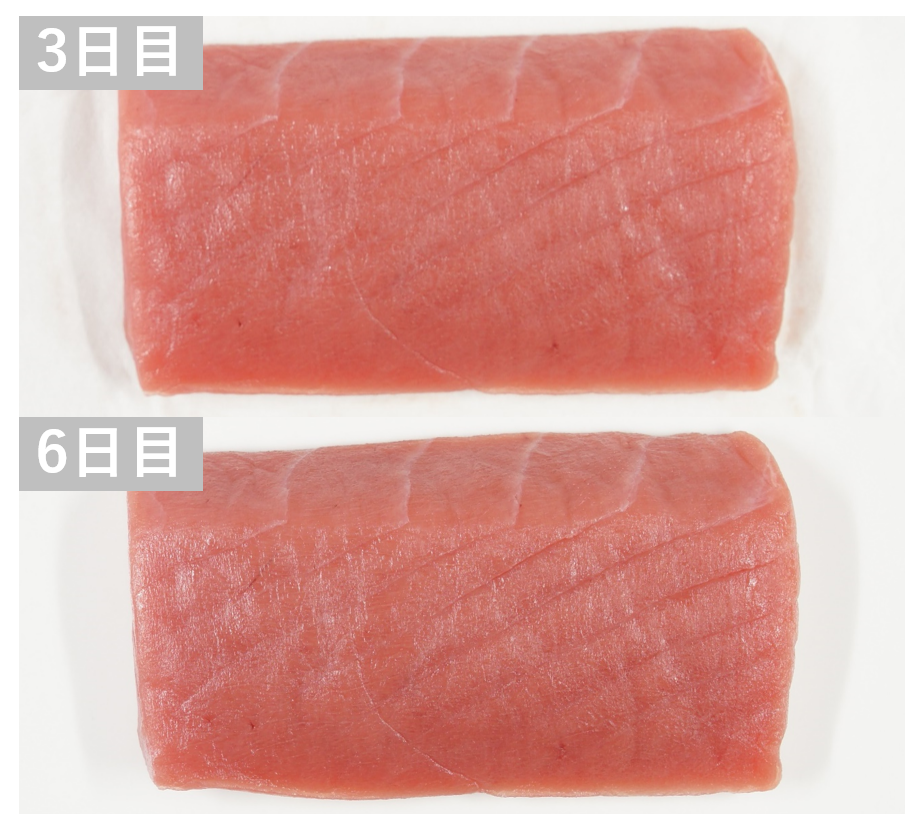
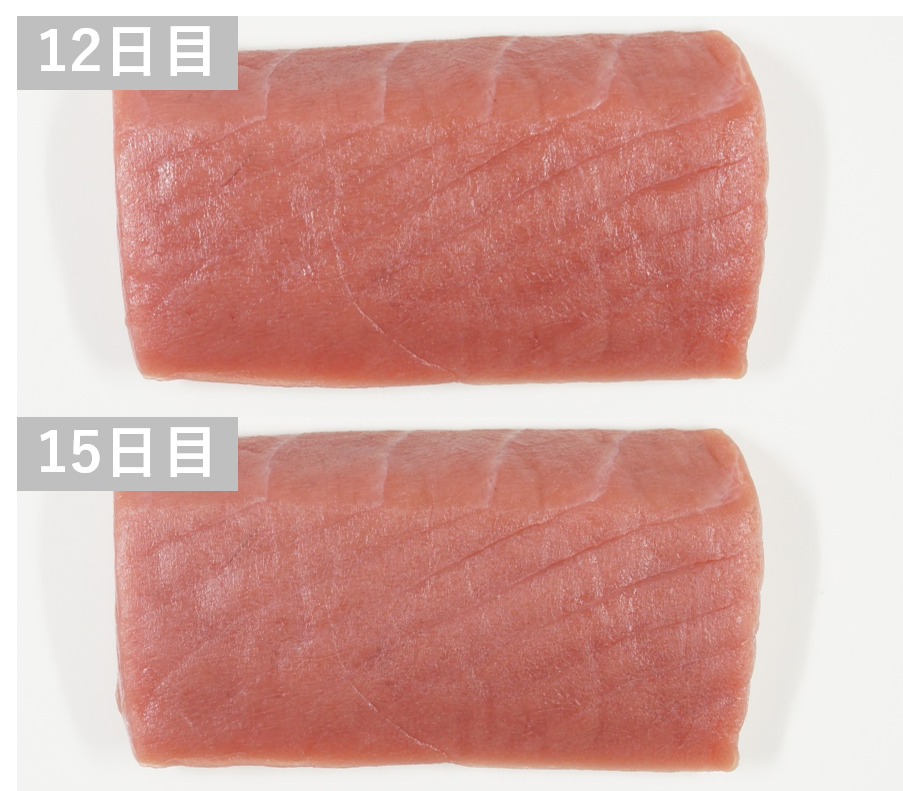
Beef (Hida beef)
An experiment was carried out with vacuum-packed Hida beef stored in a refrigerator and a Hyokan fridge under matching conditions. Storage in Hyokan suppressed the levels of living bacteria.
In an evaluation carried out by nine participants, no off odors were detected even after 80 days in Hyokan, whereas it only took 40 days in a normal refrigerator, such odors to be identified.


Tuna (akami)
This experiment was about Tuna’s typical quick discoloration, but even after 15 days, there was no change in color.
Additionally, the K-value (which is a measure of freshness for fish) remained well below 20%, meaning it can be eaten raw.


Hyokan Aging
For some agricultural products, an increase in umami can be achieved through low temperature aging (low-temperature acclimation). The inhibition of bacterial growth also makes low temperature aging possible for meat, resulting in better yields for aged products.
Examination of changes in amino acids after one week in Hyokan
• Hyokan Type/Standard Hyokan • Conditions/Temperature: -2°C Voltage: 3,500V


Hyokan Thawing
Products can be defrosted at low temperatures in Hyokan. This makes it possible to thaw the product without using water or ice water or raising the temperature. In Hyokan, the product is thawed from the center, which minimizes drip loss and prevents deterioration of flavor.




